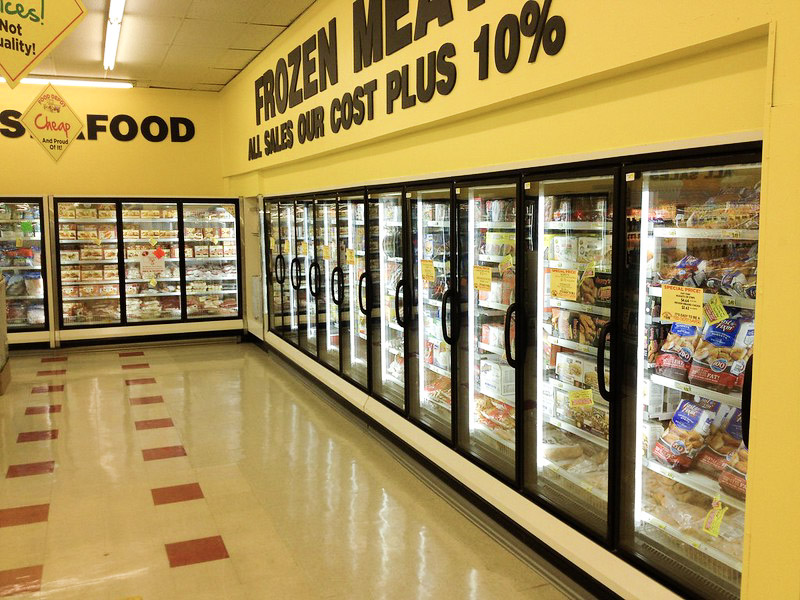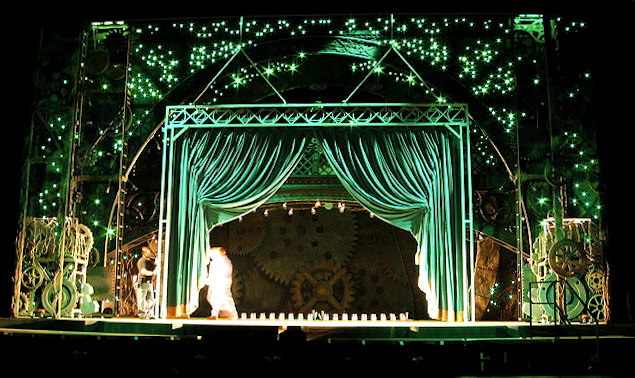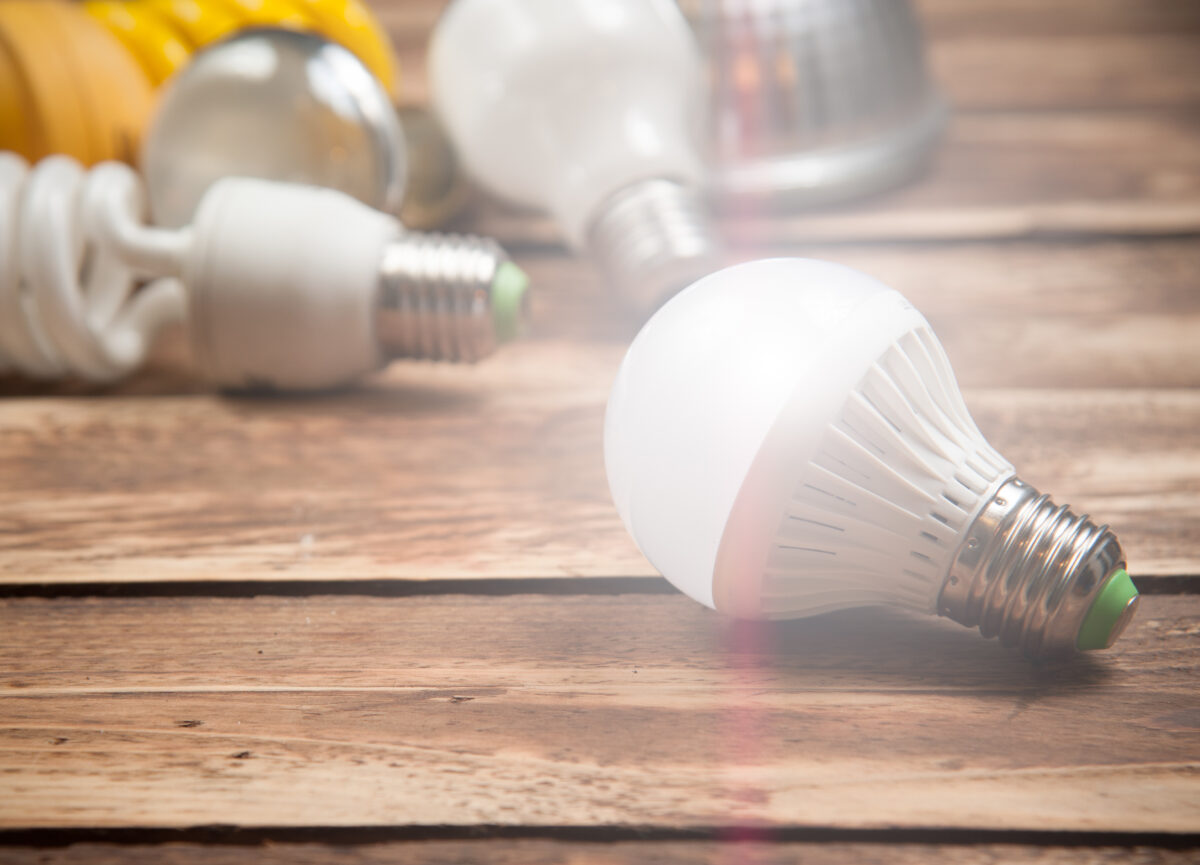Did you know that the glass of an incandescent bulb can reach a temperature range of 200 to 260 °C (392 to 500 °F)? That means it would only take a few seconds of contact to receive a third degree burn!
Lighting accidents like these can be avoided by switching to LED lights. The low operating temperature of LED lights offers many more advantages than just being cooler to the touch.
LEDs in cold temperature
When it comes to cold environments, LED lights actually become even more efficient. For most incandescent or fluorescents, cold weather quickly wears them apart due to the extra emission of heat that can cause them to break with the drop in temperature.

Cold temperature does not affect LED lights simply because LEDs don’t have any mercury vapors in them. They can also withstand sudden temperature changes because they’re not made up of breakable glass components, which make them perfect for climates where this is bound to happen. This makes LEDs ideal for coolers or freezers, as well as outdoor lighting in cities with cold climates.
How LEDs preserve color
The extremely high operating temperatures on old technology lamps (in combination with UV, which LEDs emit virtually none of) greatly degrade the colors on paintings, furniture, clothing, etc. LEDs are very helpful to museums that house valuable artwork, because they don’t contain give off UV rays, infrared light, and produces very little heat. These factors make for a better solution when it comes to preserving art over time.

LEDs are also perfect for stage lighting. Due to their long light life, they require minimal maintenance, and since LED lights produce little heat, it’s safer to handle lights or adjust spotlights. It also provides a more cooler and comfortable stage atmosphere.
LED lights save money on air conditioning
It’s a widely known fact that when you switch to LED lights, it will benefit you in the long run—not just through your energy consumption, but also your energy bill. However, did you know that for approximately every 3 watts saved from switching to LED from incandescent/halogen lighting, you save an additional 1 watt from saving on air conditioning?
We all know that old technology lighting gets hot. Now imagine a ton of old-technology, high-power lighting in a closed, indoor public facility. It’s going to get hot in there, and it’s going to get hot quick! That means a very significant amount more energy (and therefore energy costs) to keep the place cool.

